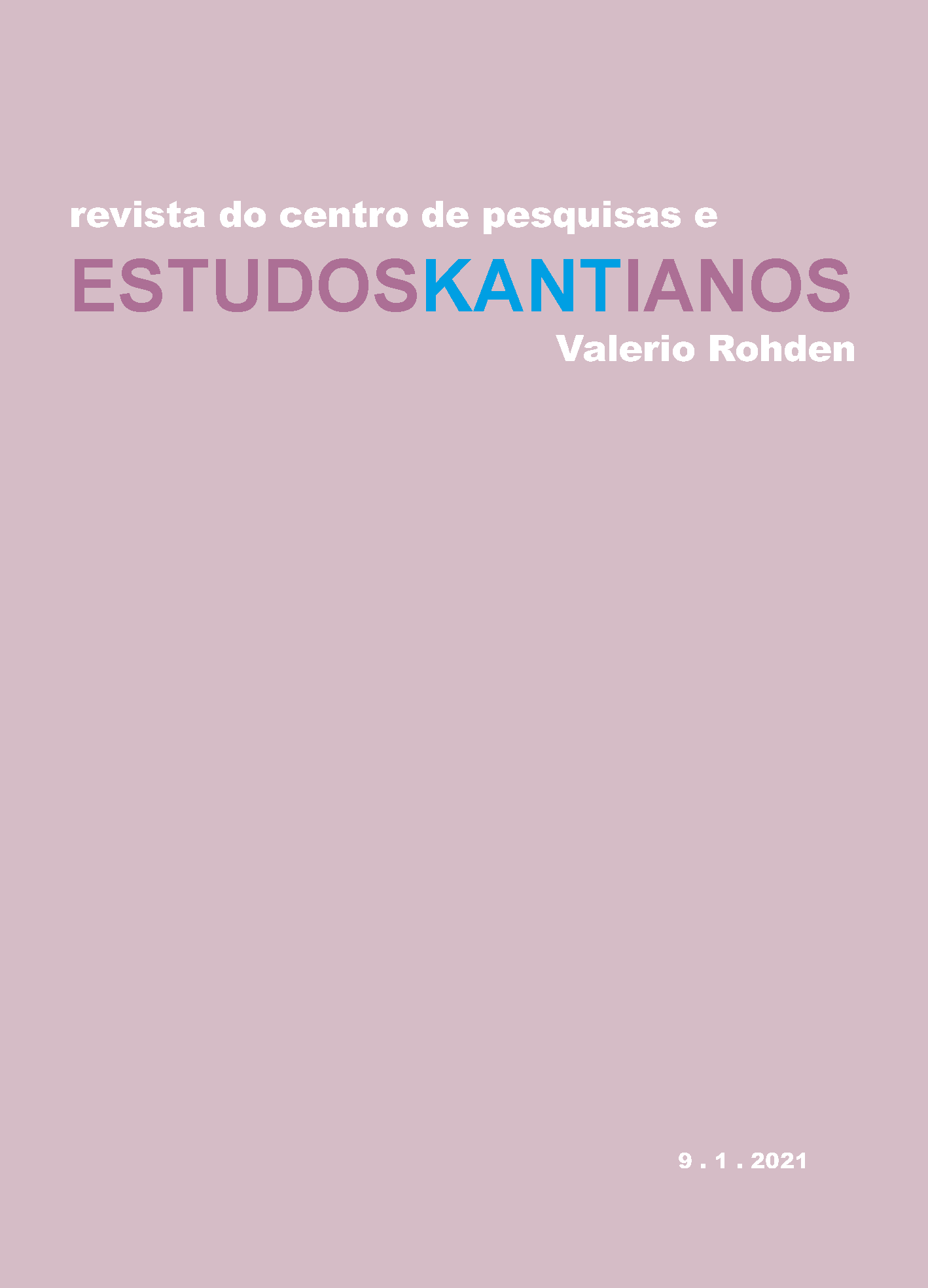Annotations on the untutored vision in Brakhage and Kant
DOI:
https://doi.org/10.36311/2318-0501.2021.v9n1.p59Keywords:
Stan Brakhage, Immanuel Kant, Perceptual experience, ImaginationAbstract
This work suggests a preliminary comparison between two authors from very different traditions - the experimental filmmaker Stan Brakhage and the philosopher of cognition Immanuel Kant - around the theme of non-conceptual perception. By confronting their approaches regarding the nature of sensibility and sensitive imaginative faculty, our aim is to broaden
understanding of both perspectives. The article is divided into five sections. In the first, we present Brakhage’s cinematographic
poetics, in the Prelude to the film Dog Star Man (1961) and in the first part of his manifesto Metaphors of Vision (1963), taking as a guide his metaphor of the eye untutored by concepts. In the second, we situate Brakhage’s perspective in light of the contemporary debate on Kantian non-conceptualism. In the third, we briefly present aspects of the Kantian theory of perception that allow us to confront it with Brakhage’s proposal. In the fourth, we seek to broaden the analysis of perceptual experience from the perspective of imagination in both authors. And to conclude, in the final section, we try to draw some consequences of this confrontation.
Downloads
Downloads
Published
Issue
Section
License
Copyright (c) 2021 Kantian Studies (EK)

This work is licensed under a Creative Commons Attribution 4.0 International License.
![Estudos Kantianos [EK]](https://revistas.marilia.unesp.br/public/journals/16/pageHeaderLogoImage_pt_BR.png)



